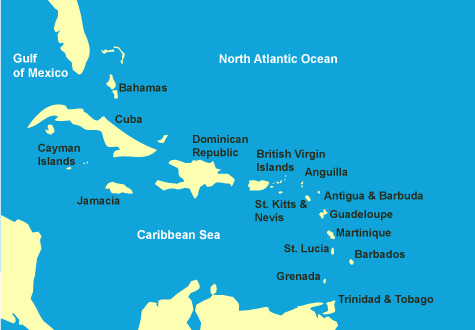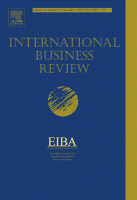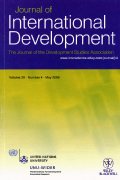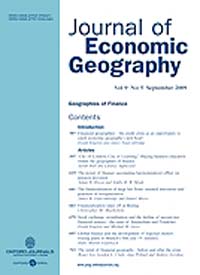Journal of Development Studies, 50, 10, 1430-1444
The article is written in collaboration with Andrea Presbitero and Claudia Piras.
The literature on gender-based discrimination in credit markets is recently expanding but the results are not yet definitive. This paper exploits a new dataset on Barbados, Jamaica and Trinidad and Tobago and finds that more precise measures of the gender composition of the firm show that women-led businesses are more likely to be financially constrained than other comparable firms.



